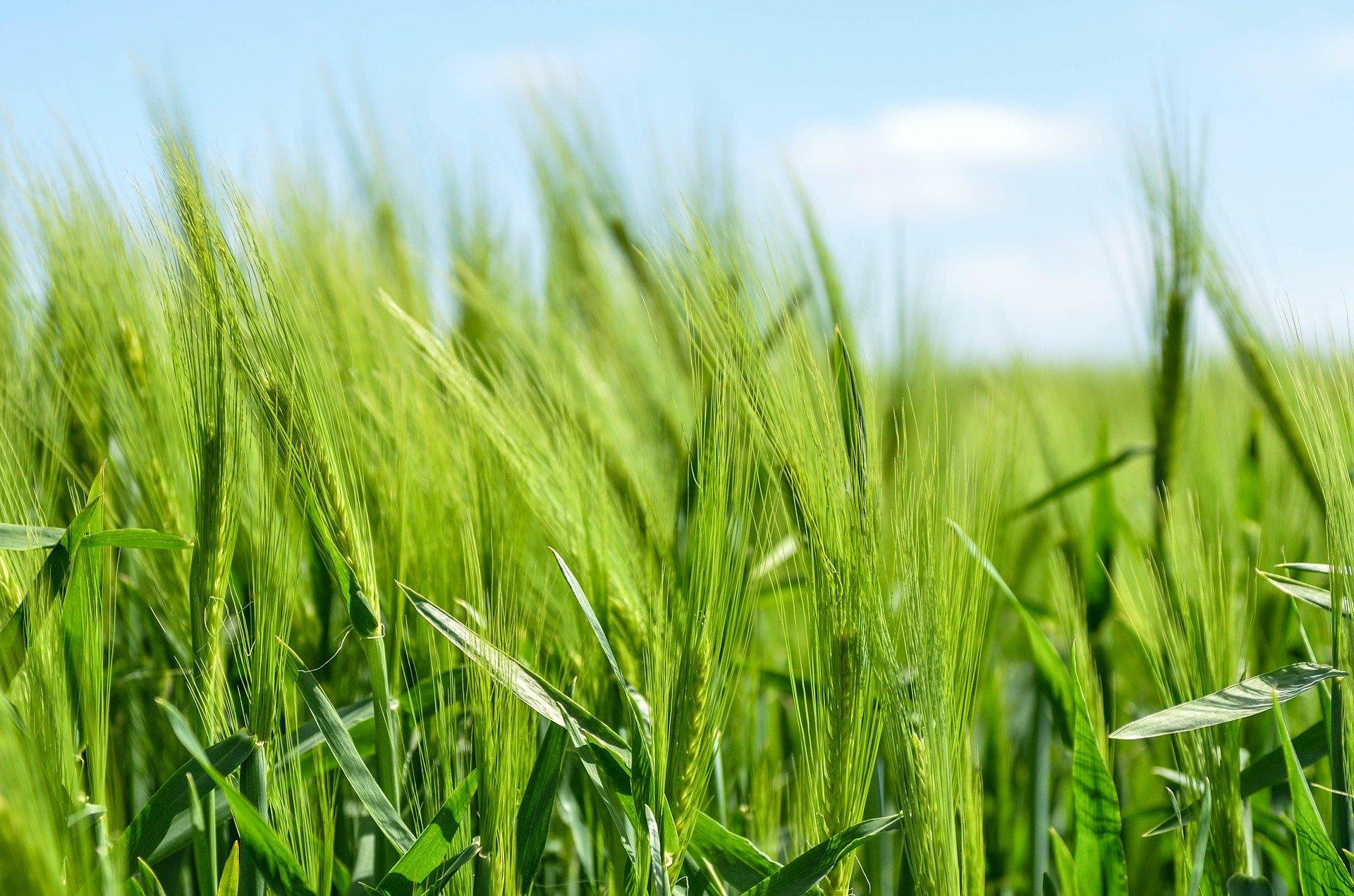New building block in plant wall construction

Barley field stock image from Pixabay.
University of Adelaide researchers as part of a multidisciplinary, international team, have uncovered a new biochemical mechanism fundamental to plant life.
The research, published in The Plant Journal details the discovery of the enzymatic reaction involving carbohydrates present in plant cell walls, which are essential for their structure.
Project leader, Professor Maria Hrmova, said the discovery contributes to important knowledge about how plant cell walls could be formed, structured and re-modelled.
“Plant cell walls perform a number of essential functions, including providing shape to the many different cell types needed to form the tissues and organs of a plant, intercellular communication, and they play a role in plant-microbe interactions, including defence responses against potential pathogens,” Professor Hrmova said.
Earlier research into the chemistry and function of the xyloglucan carbohydrates in plants had found that xyloglucan xyloglucosyl transferase enzymes are one of the key accelerants in the re-modelling of cell walls.
It has only been through the development of the methodology used in this study, recombinant technology – which makes it possible to isolate proteins in a pure state – and the availability of defined carbohydrates, that it has been possible to observe the enzymatic reaction which occurs between the xyloglucan and pectin carbohydrates.
“When we were able to closely observe the substrate specificity of barley xyloglucan xyloglucosyl transferases, we discovered a chemical reaction, which results in the production of a hetero-polysaccharide (a carbohydrate composed of chemically distinct components). We could also examine these reactions at the molecular levels to define how these enzymes precisely work,” Professor Hrmova said.
“It is one thing to be able to identify the different components of cell walls in plants, but that is not enough, we need to understand how they are formed and what they do, and this method of isolating pure proteins so they can be examined, allowed us to do just that;” Professor Hrmova said.
“This discovery is a new building block in our understanding of how the cell wall could be constructed.”
“Once you understand how something is made, you can then look at constructing or de-constructing it in different ways,” Professor Hrmova said.
“That is why fundamental knowledge on how these enzymes function is so valuable.”
The findings could have far-reaching implications for the sustainability of plant-based industries such as agriculture, horticulture, forestry for biofuels production and food and materials processing.
To date the team have characterised four out of 36 xyloglucan xyloglucosyl transferases in barley, so there is still many more to examine, which could lead to further discoveries. Once this work has been completed for barley, the methodology could be applied to examining the cell walls of other crops such as wheat and rice.
“Plants are the world’s largest renewable resource – plants feed the world and they also produce energy in the form of biofuels,” Professor Hrmova said.
The knowledge could allow for the bioengineering of similar proteins involved in plant cell wall re-modelling to create higher quality foods and to learn how to de-construct plant cell walls to obtain biofuels.
The international collaboration also included researchers from Denmark (University of Copenhagen), Slovak Republic (Centre for Glycomics, Bratislava) and China (Huaiyin Normal University).
